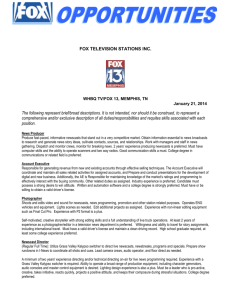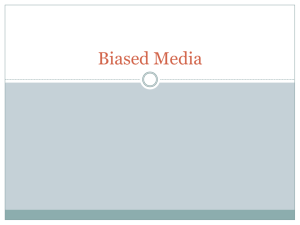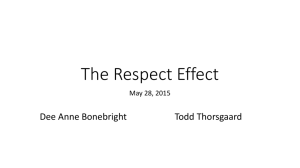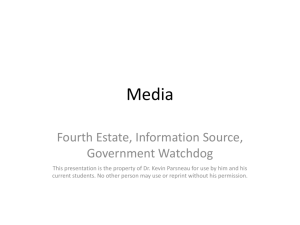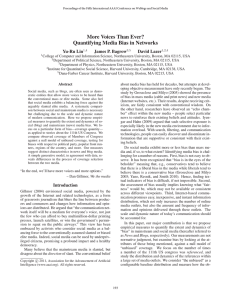File - SCS Room 312
advertisement
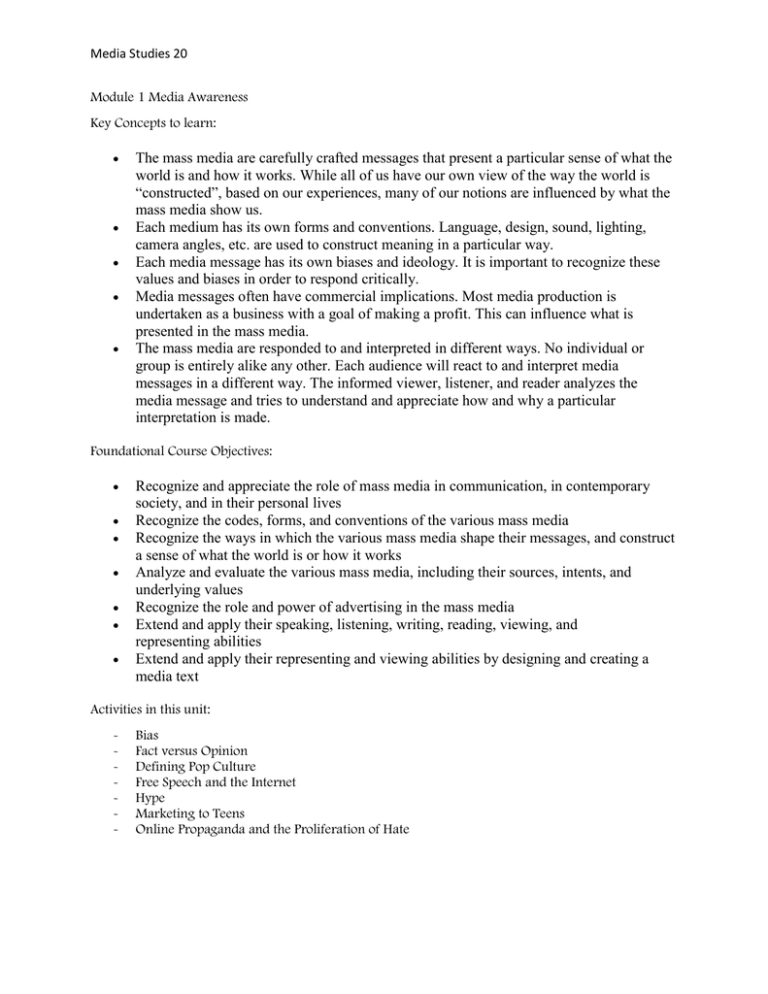
Media Studies 20 Module 1 Media Awareness Key Concepts to learn: The mass media are carefully crafted messages that present a particular sense of what the world is and how it works. While all of us have our own view of the way the world is “constructed”, based on our experiences, many of our notions are influenced by what the mass media show us. Each medium has its own forms and conventions. Language, design, sound, lighting, camera angles, etc. are used to construct meaning in a particular way. Each media message has its own biases and ideology. It is important to recognize these values and biases in order to respond critically. Media messages often have commercial implications. Most media production is undertaken as a business with a goal of making a profit. This can influence what is presented in the mass media. The mass media are responded to and interpreted in different ways. No individual or group is entirely alike any other. Each audience will react to and interpret media messages in a different way. The informed viewer, listener, and reader analyzes the media message and tries to understand and appreciate how and why a particular interpretation is made. Foundational Course Objectives: Recognize and appreciate the role of mass media in communication, in contemporary society, and in their personal lives Recognize the codes, forms, and conventions of the various mass media Recognize the ways in which the various mass media shape their messages, and construct a sense of what the world is or how it works Analyze and evaluate the various mass media, including their sources, intents, and underlying values Recognize the role and power of advertising in the mass media Extend and apply their speaking, listening, writing, reading, viewing, and representing abilities Extend and apply their representing and viewing abilities by designing and creating a media text Activities in this unit: - Bias Fact versus Opinion Defining Pop Culture Free Speech and the Internet Hype Marketing to Teens Online Propaganda and the Proliferation of Hate Media Studies 20 Bias This lesson introduces students to the concept of bias or slant, in newspapers and in television newscasts. Begin by finding and comparing three newspaper articles about the same news event – each reported from a different perspective. Then explore the role the gatekeeper or editor, has in determining the slant of the story and analyze the titles of newspaper stories for slant or bias. Then find television newscasts from two different television stations. These should be analyzed based on language usage, story selection and story order. Notice: How a single event could generate more than one news story Identify a point of view or bias, based on the language used Experience and understand the role of subjectivity and perspective in the media Understand the role of the “gatekeeper” Critically analyse or deconstruct two newscasts for potential bias through comparison focusing on language, story selection and story order. Media Studies 20 Media Studies 20 Media Studies 20 1. How does each title affect your perception of the issue? 2. Now find two news sources (CBC,CTV) Consider: For both newscasts: . a live anchor-reported interview A recorded report from a reporter Recorded footage with a commentary read by the anchor Straight news copy read by the anchor without accompanying visuals Media Studies 20

